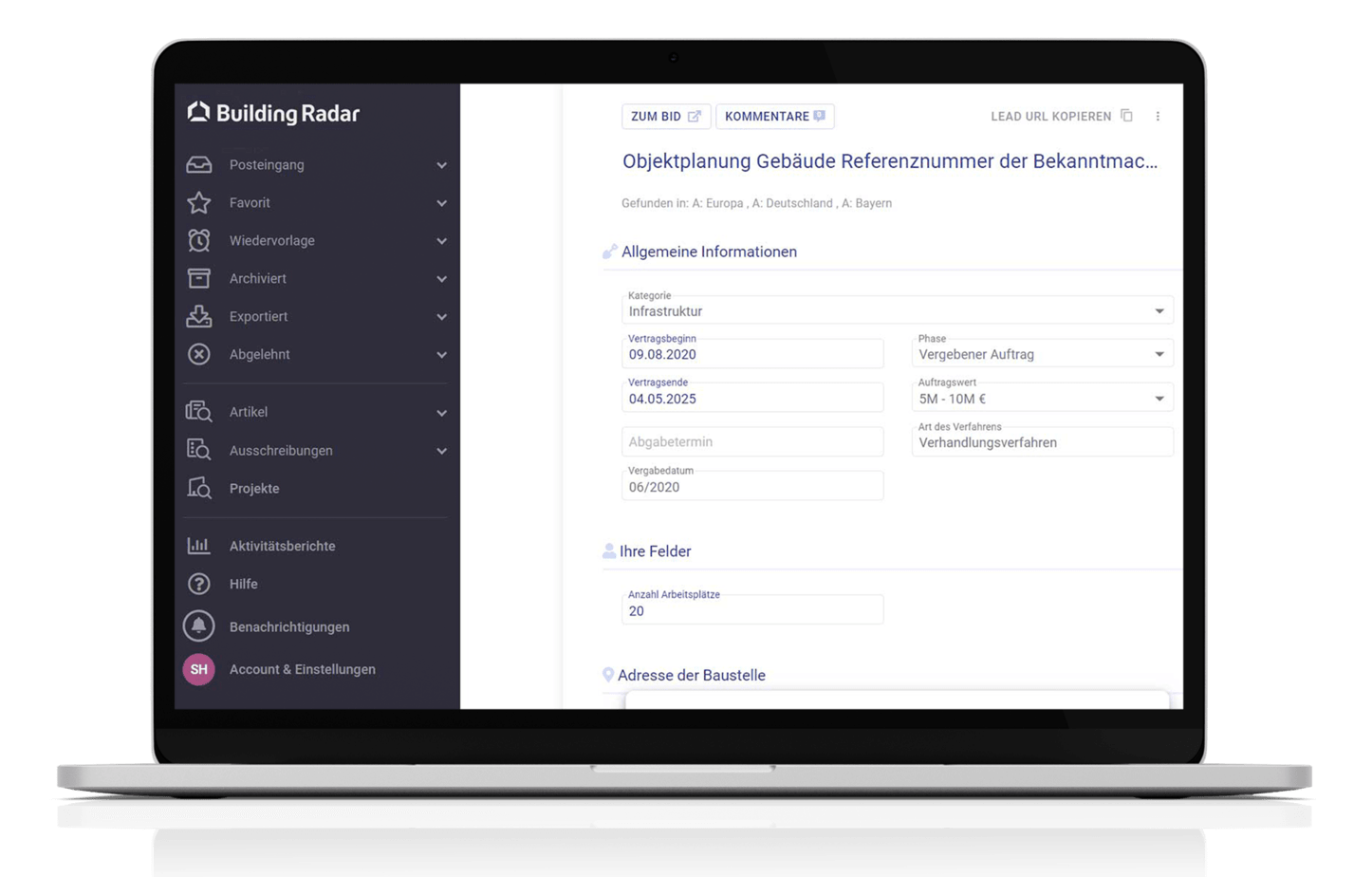Start the New Year with improved time management!
There are only a few weeks left until the end of the year, and it feels like there is still incredibly much to do. Especially in office jobs its all about time management! Your knowledge about efficient time management should become a habit. Just as you no longer need to think while driving, your time management should become a matter of course. If you set priorities, you will keep a cool head even during stressful times and act in an organized way. In this article, we introduce you to four classic time management methods. So you will regain control of your time again!
Time Management Techniques:
1. Eisenhower Method
2. SMART Method
3. Pareto Method
4. ALPEN Method
1. Eisenhower Method
This method is credited to the former American President Eisenhower. He has prioritized his time and delegated tasks. The secret of the Eisenhower Method is to set priorities. In this way, it’s possible to regain concentration and motivation.
1. Write down a to-do list!
The first step is simple and self-explanatory. Write down all the tasks you need to do.
| Use apps like Wunderlist to organize your tasks! |
2. Assess your tasks!
It’s getting a bit harder now. Decide if your tasks have to be done immediately or later, be rescheduled to another date or even can be stored. Create a table according to the following criteria:
|
urgent and important
|
not urgent, but important
|
|
urgent but less important
|
not urgent, not important
|
The most challenging part for most people is dealing with not urgent, not important tasks. You have three options on how to deal with this quadrant:
1. Trashcan
Its the best to dispose of the tasks immediately. Delete it virtual by using the “Trashcan icon” or in reality by using a document shredder. The courage and successful overcoming are worthwhile; you will immediately feel liberated!
2. “Compost pile”
Some documents should not be thrown away or destroyed. Create a pile, the so-called compost heap. What is collected here will only be processed when there is time. Check the pile every three months. Some things may have been done during time by themselves and can now really be thrown away or destroyed.
3. Storage
If option one and two seem too radical to you, put your tasks at least meaningfully in storage. But before you move on to become messy, check your storage stack every three to four months.
Illustration of the Eisenhower Method:
You have received an e-mail. At the same time, there is a lottery ticket with six correct numbers on your desk. To get the jackpot, the ticket has to be redeemed in the next 20 minutes. Now ask yourself the question: “With what activity do I make the most of my time?”. As long as the e-mail is worth less than your lottery jackpot, you will either delegate the e-mail to someone else or postpone it until a later date.
|
Improve your productivity with the Inbox Zero System |
2. SMART Method
The key to successful time management is to define your goals as accurately and correctly as possible. Right here, the SMART Method starts. SMART is an acronym for Specific, Measurable, Accepted, Realistic and Timely. With this tool, you can uniquely define goals.
|
S |
Specific | The goal to be achieved should be defined and precisely formulated. If possible in one sentence |
| M | Measurable | The goal to be achieved should be able to be objectively checked for success or failure at a later date. |
| A | Accepted | All involved persons must accept the goal. |
| R | Realistic | The goal should be realistically |
| T | Timely | Set a clear target when the goal must be achieved. |
Illustration of the SMART Method
To improve my fitness and reduce my weight from 100 kg to 90 kg, I will start jogging. I will participate three times a week a running group to run 5 km.
3. Pareto Method
The Pareto Method goes back to Vilfredo Pareto. At the beginning of the twentieth century, he examined the distribution of land ownership in Italy and discovered that 20% of Italian citizens owned 80% of the state’s assets. He then concluded that Italian banks, for example, take care of 80% of their clients with one-fifth of their time spent.
| 80% of results can be achieved with 20% of the total effort. The remaining 20% of the results require 80% of the most work. |
For example, the Pareto Method can be combined with other time management methods. In the bottom left quadrant (urgent, but not hurried tasks) of the Eisenhower Method, you can find mostly exactly that 20% of tasks that can account for 80% of the success.
Especially with parallel tasks, it is crucial to know which tasks are the most important ones and must be done at first. The goal is to get 80% of the work done in 20% of the time. The misbelief of many people is that if they work harder and faster, they will also get better results. What is achieved in practice is only more pressure and more stress. The result: you work like crazy and get fewer results.
Illustration of the Pareto principle
The boiling point of water is 100 degrees. It vaporizes over it. What happens if you raise the temperature to 120 or 200 degrees? Of course, the water boils the same way and only evaporates a little faster. From 100 degrees, it makes little sense to invest more energy in the water.
4. ALPEN Methode
This technique, developed by Lothar J. Seiwert, has proven to be highly effective. This method offers the opportunity to determine tasks that occur within a very short time. Only a few minutes are needed every day. Follow these steps:
|
A |
Appointments | Write down your tasks |
|
L |
Length | Estimate the time spent on each item on your To Do list and make a note next to it |
|
P |
Plan | Plan for any waiting times on the phone or similar situations |
| E | Decision (German: Entscheidung) | Use the already mentioned Eisenhower Method, or the SMART Method, to prioritize your tasks. |
|
N |
Follow up (German: Nachkontrolle) | Check if your planning was successful. In this way, you can adapt the necessary buffer times to reality. |
Illustration of the ALPEN method
| Task | Length | Buffer times | Follow up |
| Preparation of a quote for a customer | 30 minutes | 10 minutes | Needed time: 35 minutes |
Fazit
As you can see, good time management is not complicated by complicated techniques. We wish you success in applying these time management techniques. Start right now with it!

Easily find just the right early stage construction leads!
The fastest construction lead technology worldwide.









